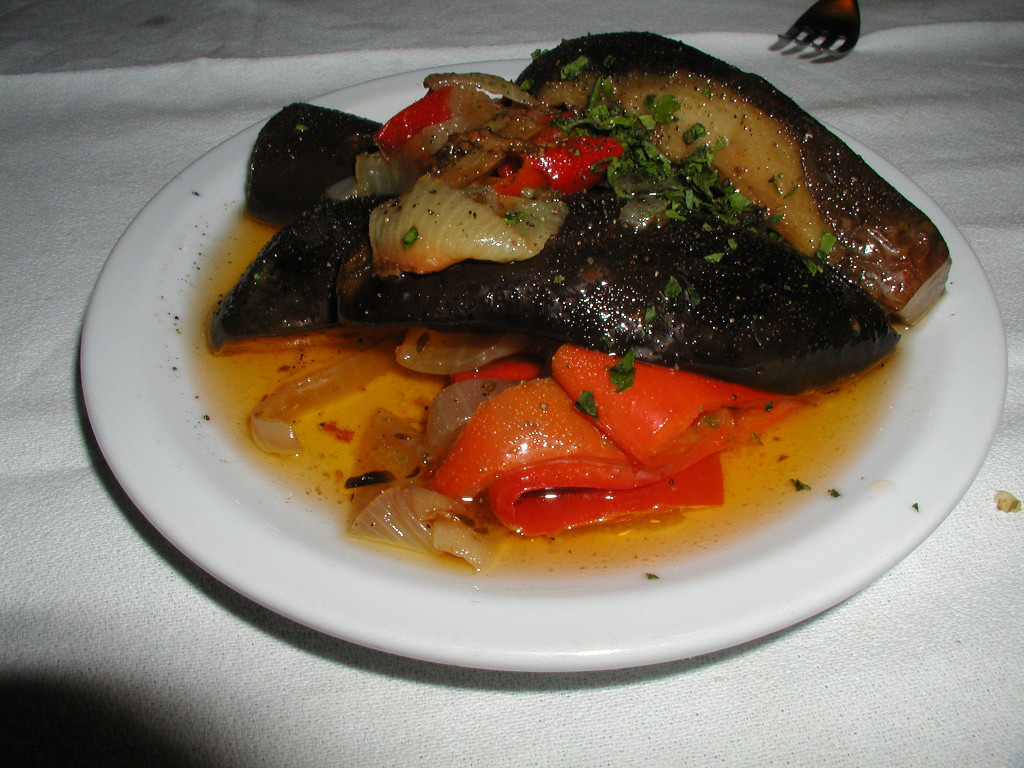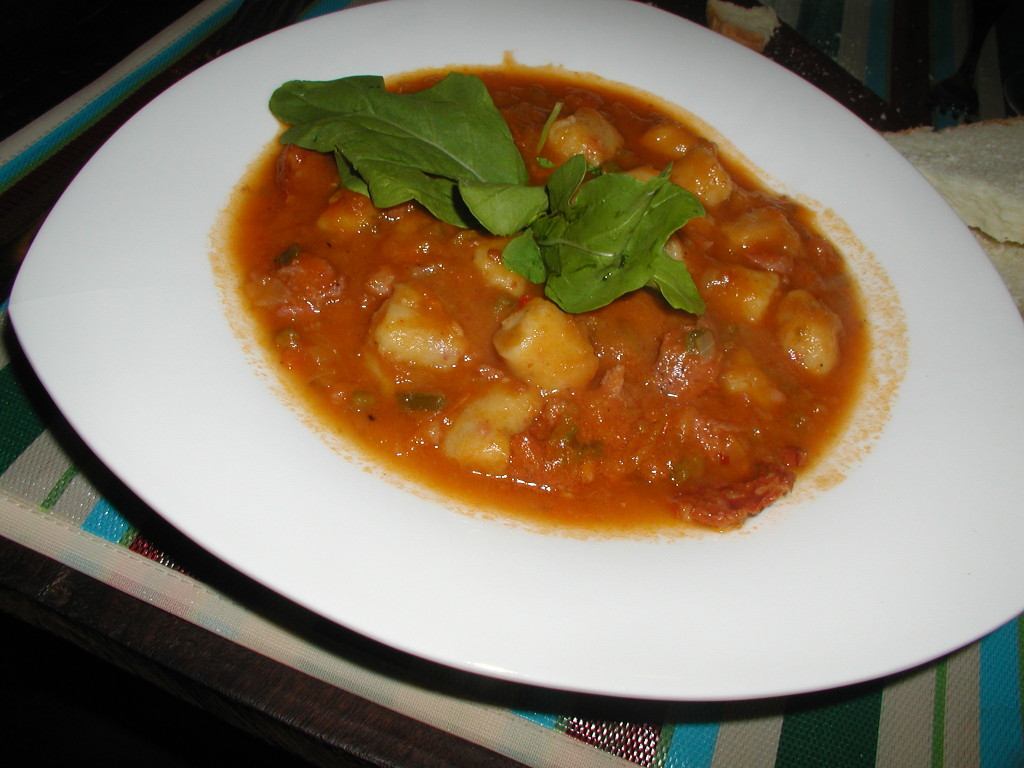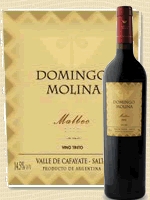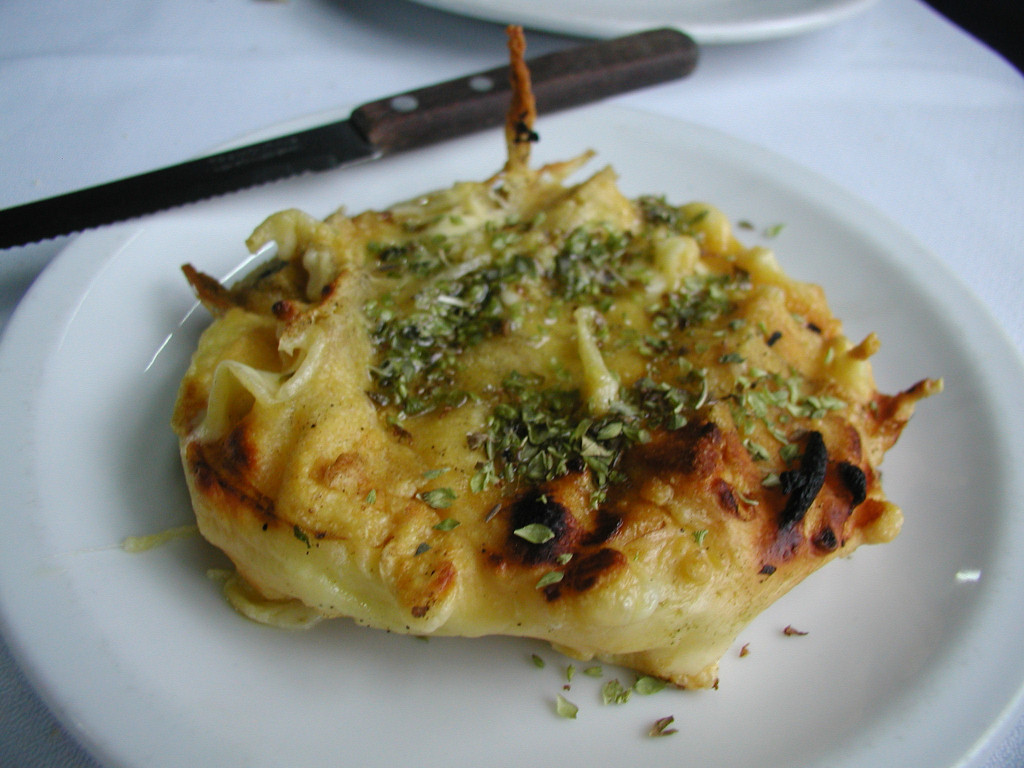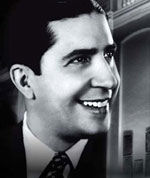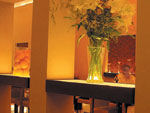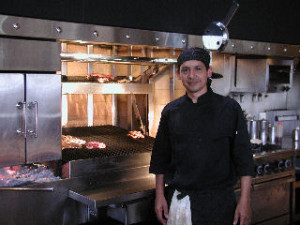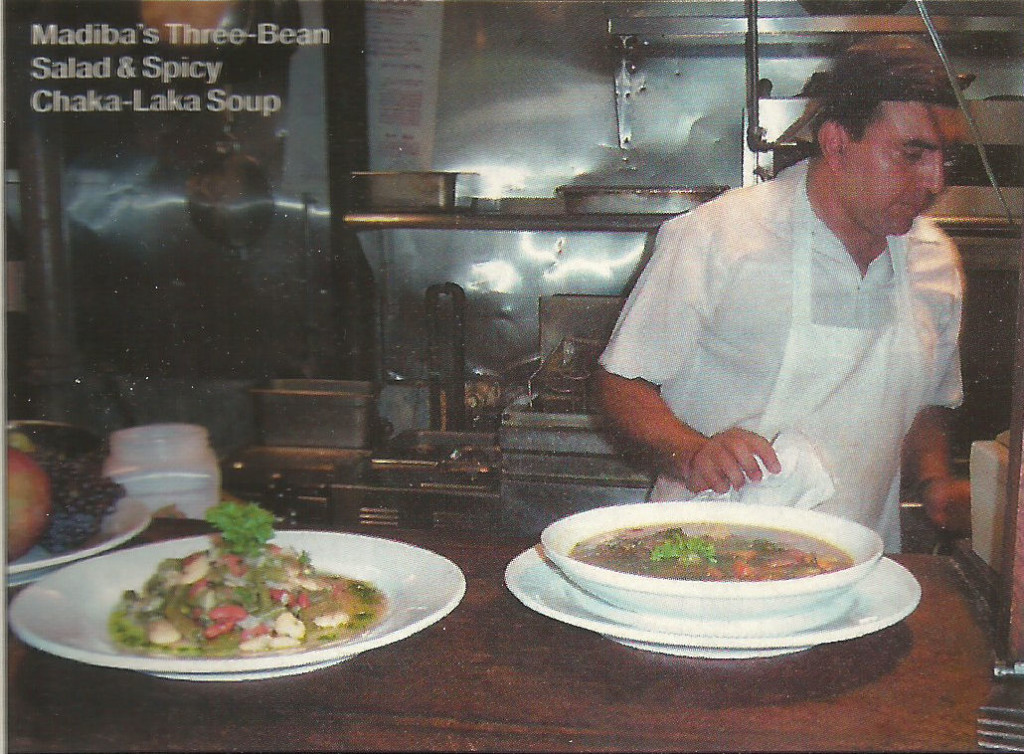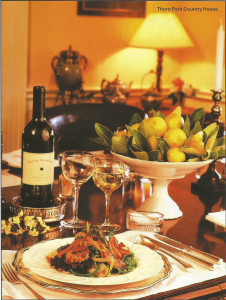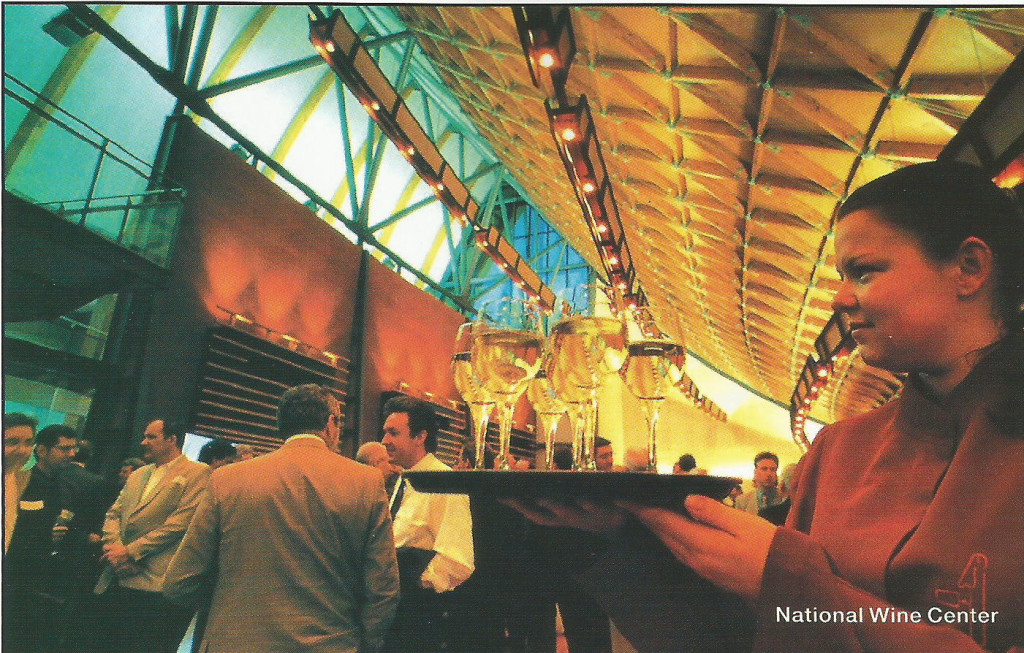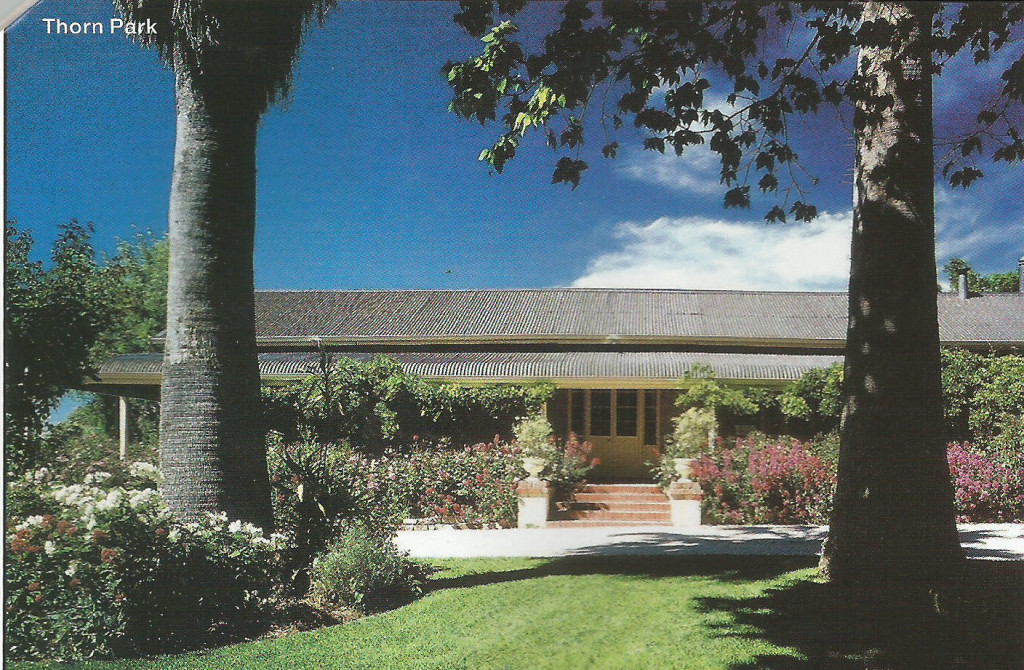Jamie Taylor
Issue 42 – October 2006
Serendipity and hard work help when starting a business in a foreign country
 Packing up and moving to another city to start a new job is daunting enough for most folk. Some people go a little further. Jamie Taylor packed up and moved to a different hemisphere, 7,000 miles away. He left behind family, friends, and steady work for the gleam of an idea he’d put together with his new long distance boyfriend, someone whom he’d met on vacation a year earlier, and only kept in contact with via internet and phone since. He left behind a happy existence in a stable part of the world for complete unknowns in a country that was known for military coups, economic and political instability, and repeated military conflicts with his home country. [Flux Bar closed during the 2020 pandemic, and as of June 2021, Jamie returned to the UK.]
Packing up and moving to another city to start a new job is daunting enough for most folk. Some people go a little further. Jamie Taylor packed up and moved to a different hemisphere, 7,000 miles away. He left behind family, friends, and steady work for the gleam of an idea he’d put together with his new long distance boyfriend, someone whom he’d met on vacation a year earlier, and only kept in contact with via internet and phone since. He left behind a happy existence in a stable part of the world for complete unknowns in a country that was known for military coups, economic and political instability, and repeated military conflicts with his home country. [Flux Bar closed during the 2020 pandemic, and as of June 2021, Jamie returned to the UK.]
Some folks might think it was a mid-life crisis, but Jamie doesn’t see it that way. He may have been fulfilled in his longtime job in London as an HIV counselor, but he knew it wasn’t satisfying his long term goals and dreams of having his own business, less stress, and living with a man that he loved. When he met Ilia, a young Russian man who had been living in Buenos Aires for ten years, new things started to seem possible. Within a year he’d wrapped up all the loose ends he could think of, and was on a plane, winging his way to Argentina’s capital, trusting in a combination of fate and determination.
Looking back at things now, a couple of years later, he might have approached everything a bit differently. “I might have come down and spent some more time vacationing and getting to know the city, its ins and outs, and making a circle of friends. I might have talked to people I knew back in London about what it would be like to open my own business. I might even have spent some time checking out the bar scene in Buenos Aires before opening my own. Maybe, most importantly, I might have asked someone just how come no one had opened a bar like the one I imagined.”
Instead, somehow forefront in his mind was the idea that “Anyone can open and run a bar, it’s easy and not very stressful, and after all it’s just mixing drinks.” With those thoughts in mind, he pushed right into the fray. Noting that all the gay bars and clubs in the city seemed to be located out in the touristy or residential areas, he looked for space in the heart of the downtown financial district. Looking back, he remembers, “I thought I’d be able to attract the local and expatriate after-work crowd. None of the other bars and clubs were even open until at least ten at night, and lots of them not until midnight. I figured that gays and lesbians who wanted a drink and a place to hang out would love an early evening venue.”
He soon found a large space with plenty of room for a bar, a lounge area, and even a small dance floor. It was on a busy commercial street. It was also situated down a narrow concrete staircase, in the basement beneath a copy shop. It was close to all the things he’d thought about: the business district, many major tourist hotels and attractions, and it was easy to get to via subway or bus line. The building management didn’t seem to care what he wanted to do with the space, so he rented it, and jumped right into the renovation. On August 4th, 2005, he flung the doors open to the public, and Flux (Marcelo T. de Alvear, 980, www.fluxbar.com.ar) made its debut.
In most cities, opening a bar would prove to be a massive task – between licenses and insurance, various permits from building departments, health departments, and a legion of other bureaucratic entities. Buenos Aires, however, has limited legislation and regulation when it comes to opening a small business, and Taylor recalls, “The only inspectors I ran into were from the building department, who wanted to make sure I had my own public entrance, private garbage collection, and bathrooms. For the most part they stood there, pretty much with their hands out.” With Argentina’s depressed economy at the time, he was able to get up and running for what most business owners, especially bar owners, would think a pittance, 125,000 pesos, or just over $40,000, plus savings to live on until the bar reaches steady profitability, something it’s only just now beginning to achieve.
Gay bars have a notoriously hard time opening in many parts of the world, what with local politics, religious leaders, and often underworld shakedowns. Argentina, a strong Catholic country with a history of governmental, police, and criminal corruption, might have had those same problems, but to his surprise, Taylor found that the “gay” part of the bar was the least of his issues. Argentina’s constitution, written in 1853, has long (at least by letter of the law) guaranteed equality under the law for gays and lesbians. Civil unions have been legal for years [in Buenos Aires]. Gay marriage is a current proposal in the [city] legislature, expected to pass with relatively little opposition some time in 2007.
 From the beginning, it’s been a roller-coaster operation. Being new, it immediately attracted attention. Being open at a time of day when no other gay bar was, turned out to be a blessing and a curse. Taylor now says, “There were people who wanted a place to hang out with friends and drink after work, but there weren’t many of them. You know, Buenos Aires’ social culture is such that people often zip home from work and take a nap, like a late siesta, so that they can get up later and go to dinner at ten or eleven., followed by a few hours of clubbing, then a few hours of sleep, and back to work in the morning.” Jamie soon found himself catering more to a small crowd of tourists than locals. That made it hard to develop a regular clientele – the backbone of any bar business.
From the beginning, it’s been a roller-coaster operation. Being new, it immediately attracted attention. Being open at a time of day when no other gay bar was, turned out to be a blessing and a curse. Taylor now says, “There were people who wanted a place to hang out with friends and drink after work, but there weren’t many of them. You know, Buenos Aires’ social culture is such that people often zip home from work and take a nap, like a late siesta, so that they can get up later and go to dinner at ten or eleven., followed by a few hours of clubbing, then a few hours of sleep, and back to work in the morning.” Jamie soon found himself catering more to a small crowd of tourists than locals. That made it hard to develop a regular clientele – the backbone of any bar business.
“I’ll try anything and everything,” he says. “I have art shows with the work of some local artists, both Argentines and ex-pats. We tried Tuesday evening gay tango lessons, Thursday language practice groups, opened up the lounge for meetings of the gay expat community, and now we’re trying late evening DJs on the weekends.” The scheduling is often erratic, as those hosting events change their plans at the last minute – a common occurrence in Buenos Aires.
As part of his plan to attract more customers, he offers a 2 for 1 early happy hour, something that isn’t common in this city. He’s also had to create some interesting specialty drinks, but first, as he points out, “Ilia and I had to learn how to bartend, period. Neither of us had any real previous experience running a bar, and mixing a G&T or pouring a beer for friends back in London wasn’t really enough. He found himself studying bar manuals and cocktail books, and he keeps a couple behind the bar to refer to when he gets stumped by a request. When he found that local liquor distributors only represented a few national and imported brands, he had to spend time searching out sources of different liquors and mixers, often purchased retail at small specialty shops or markets.
What is Jamie’s advice for other gay and lesbian entrepreneurs heading to Buenos Aires? “Have much more money than you think you’ll need! I figured out what my estimated costs would be and then added fifty percent. I wish I’d made it double, or even more. I’m still living on savings and putting everything we earn back into the bar.” He recommends making friends in the community you plan to serve, and finding out what it is that interests them. Get their input on your ideas, listen to their concerns, find out about their lifestyles, and figure out a way to implement your ideas in concert rather than at odds with those things. Otherwise, you might find yourself scrambling to make corrections that could have been easily addressed up-front. Also, find out everything you can about the business you plan to open, especially if it’s a change of career.
While his lack of training and experience in the bar world gave him fresh eyes and few preconceived notions about how to run a bar, it also left him with no practical idea how to go about it. “It was sheer luck that the economy here was ready for any kind of business investment, and that there are really no regulations, or you can easily ignore a lot of them; not that I’d recommend that. A lot of days I wish I’d found out these things before moving across the world.”
Would that have stopped him? “No, I needed a major change in my life. I wanted to be with Ilia, and I wanted an adventure.”
There’s no doubt he’s accomplished all that, in spades.
Passport magazine is a relatively new, ultra-slick, ultra-hip gay travel magazine. My friends Don Tuthill and Robert Adams, respectively the publisher and editor-in-chief, who have owned and run QSF magazine for many years, launched this publication recently. It has received industry accolades. They asked me to come along and write the occasional article for this venture as well.
